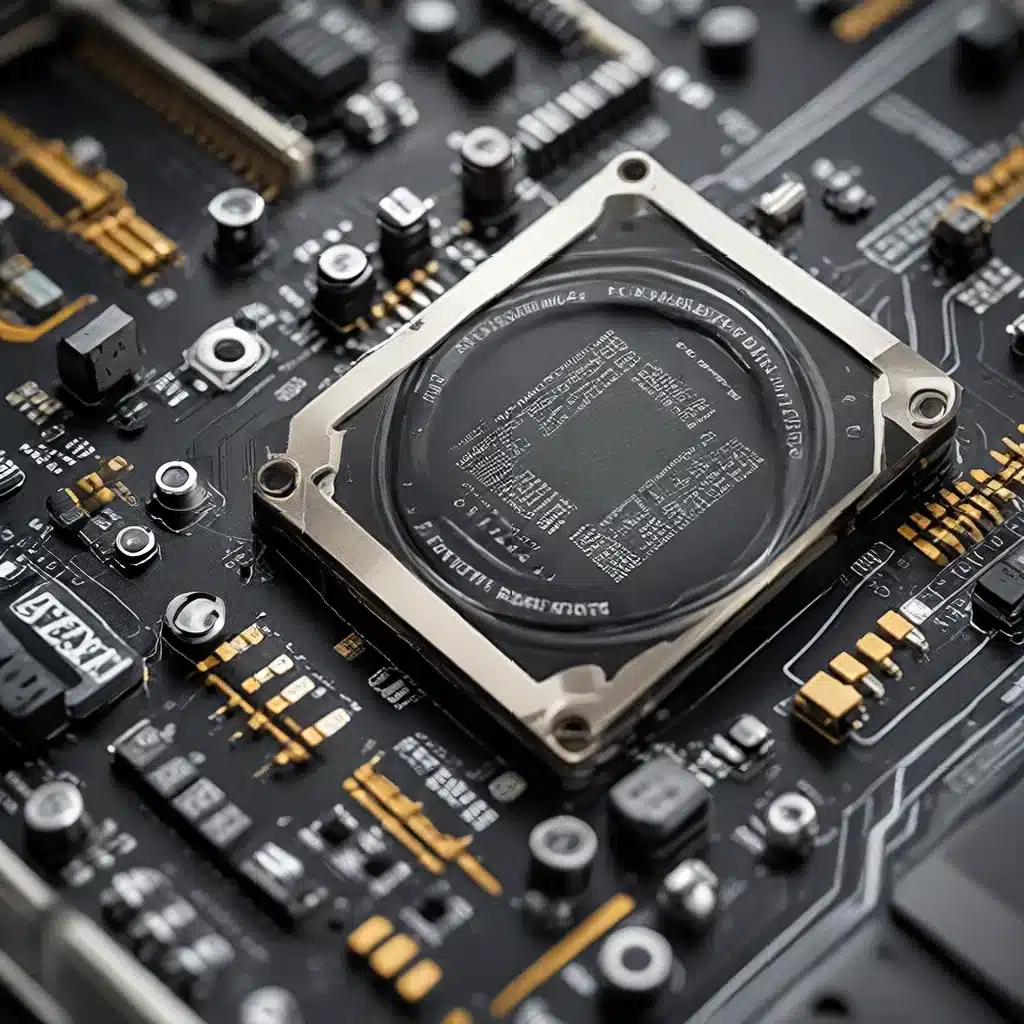
Designing Robust and Accurate Sensor Networks
In the rapidly evolving landscape of the Internet of Things (IoT), sensor networks play a pivotal role in enabling the seamless collection, analysis, and transmission of data. As these sensor-driven systems become increasingly integral to a wide range of industries, the demand for reliable, responsive, and energy-efficient sensor designs has never been more pressing.
Advancements in sensor technology have paved the way for unprecedented levels of precision, sensitivity, and durability. By leveraging cutting-edge materials, novel fabrication techniques, and advanced signal processing algorithms, engineers are developing sensor nodes that can withstand harsh environments, operate with exceptional accuracy, and maintain long-lasting performance.
One of the key innovations in sensor design is the use of electroplating. Electroplating processes can enhance the functionality of sensors by improving their corrosion resistance, wear resistance, and electrical conductivity. This, in turn, leads to enhanced sensor reliability, extended lifespan, and improved signal quality, all of which are critical for the success of IoT applications.
Enhancing Sensor Accuracy and Precision
Accurate and precise sensor measurements are essential for informed decision-making and effective system control. Strategies to improve sensor accuracy and reliability involve meticulous design considerations, such as:
-
Sensor Calibration: Careful calibration of sensor components, including transducers and signal conditioning circuits, ensures that readings accurately reflect the physical quantities being measured.
-
Temperature Compensation: Incorporating temperature compensation mechanisms helps mitigate the effects of environmental fluctuations on sensor performance, maintaining consistent and reliable data.
-
Noise Reduction: Employing advanced signal processing techniques, such as digital filtering and adaptive algorithms, can effectively reduce noise and interference, leading to more precise sensor outputs.
-
Redundancy and Fault Tolerance: Incorporating redundant sensor nodes and implementing robust fault detection and isolation mechanisms can enhance the overall reliability of sensor networks, ensuring continuous and reliable data acquisition.
By addressing these key design considerations, sensor network developers can create systems that deliver high-accuracy, low-drift, and long-term stable measurements, crucial for a wide range of IoT applications.
Improving Sensor Network Responsiveness
In addition to accuracy and reliability, the responsiveness of sensor networks is a critical factor, particularly in time-sensitive applications such as industrial automation, smart cities, and emergency response systems. Advancements in sensor network architectures and communication protocols have played a pivotal role in enhancing responsiveness.
One such advancement is the adoption of low-power wide-area network (LPWAN) technologies, such as LoRaWAN and NB-IoT. These protocols enable sensor nodes to transmit data over long distances with minimal power consumption, ensuring reliable and timely data delivery even in remote or hard-to-reach locations.
Furthermore, the integration of edge computing and fog computing capabilities within sensor networks has significantly improved responsiveness. By processing and analyzing data closer to the source, these distributed computing architectures reduce latency and enable faster decision-making, empowering sensor networks to react swiftly to changes in the environment or system conditions.
Addressing Security Challenges in Sensor Networks
As sensor networks become increasingly ubiquitous, the issue of security has become paramount. Sensor nodes, often deployed in uncontrolled environments, are vulnerable to a wide range of cyber threats, including data manipulation, unauthorized access, and denial-of-service attacks.
To address these security challenges, sensor network designers are implementing a range of security measures, such as:
-
Secure Communication Protocols: The adoption of encryption and authentication mechanisms, such as secure MQTT and end-to-end encryption, ensures the confidentiality and integrity of data transmitted across the network.
-
Secure Firmware Updates: Robust firmware update mechanisms, including digital signatures and version control, help mitigate the risk of malware injection and unauthorized modifications to sensor node software.
-
Tamper-Resistant Hardware: The use of tamper-resistant hardware, such as secure elements and trusted execution environments, enhances the overall security posture of sensor nodes, protecting sensitive data and cryptographic keys.
-
Intrusion Detection and Response: Implementing advanced intrusion detection systems and automated response mechanisms within the sensor network can help quickly identify and mitigate security breaches, minimizing the impact on system operations.
By adopting a holistic approach to security and incorporating these innovative design strategies, sensor network developers can build robust and resilient systems that safeguard critical data and maintain the trust of end-users.
Optimizing Energy Efficiency in Sensor Networks
Sensor networks often operate in remote or hard-to-access locations, where the availability and reliability of power sources can be a significant challenge. Designing energy-efficient sensor nodes is, therefore, a crucial aspect of creating sustainable and long-lasting IoT systems.
Energy harvesting technologies, such as solar, thermal, and piezoelectric energy harvesting, can effectively supplement or replace traditional battery power sources, reducing the need for battery replacement or recharging. By integrating these energy-harvesting capabilities directly into sensor node designs, engineers can create self-powered devices that can operate for extended periods without external power intervention.
Furthermore, advancements in low-power electronics and sensor duty-cycling techniques have enabled sensor nodes to significantly reduce their power consumption. By leveraging sleep modes, dynamic power management, and optimized sensor sampling rates, sensor networks can achieve enhanced energy efficiency, prolonging their operational lifespan and reducing maintenance requirements.
The Future of Sensor Networks
As the demand for IoT solutions continues to grow, the role of sensor networks will become increasingly vital. By embracing the latest advancements in sensor design, network architectures, and energy management, sensor network developers can create systems that are reliable, responsive, secure, and energy-efficient.
These innovations will not only enhance the performance and capabilities of IoT applications but also pave the way for new, innovative use cases that were previously limited by the constraints of sensor technology. As the sensor-networks.org community continues to drive the evolution of this field, the future of sensor networks promises to be both transformative and impactful across a wide range of industries.